The Neutron Star
swipe to read
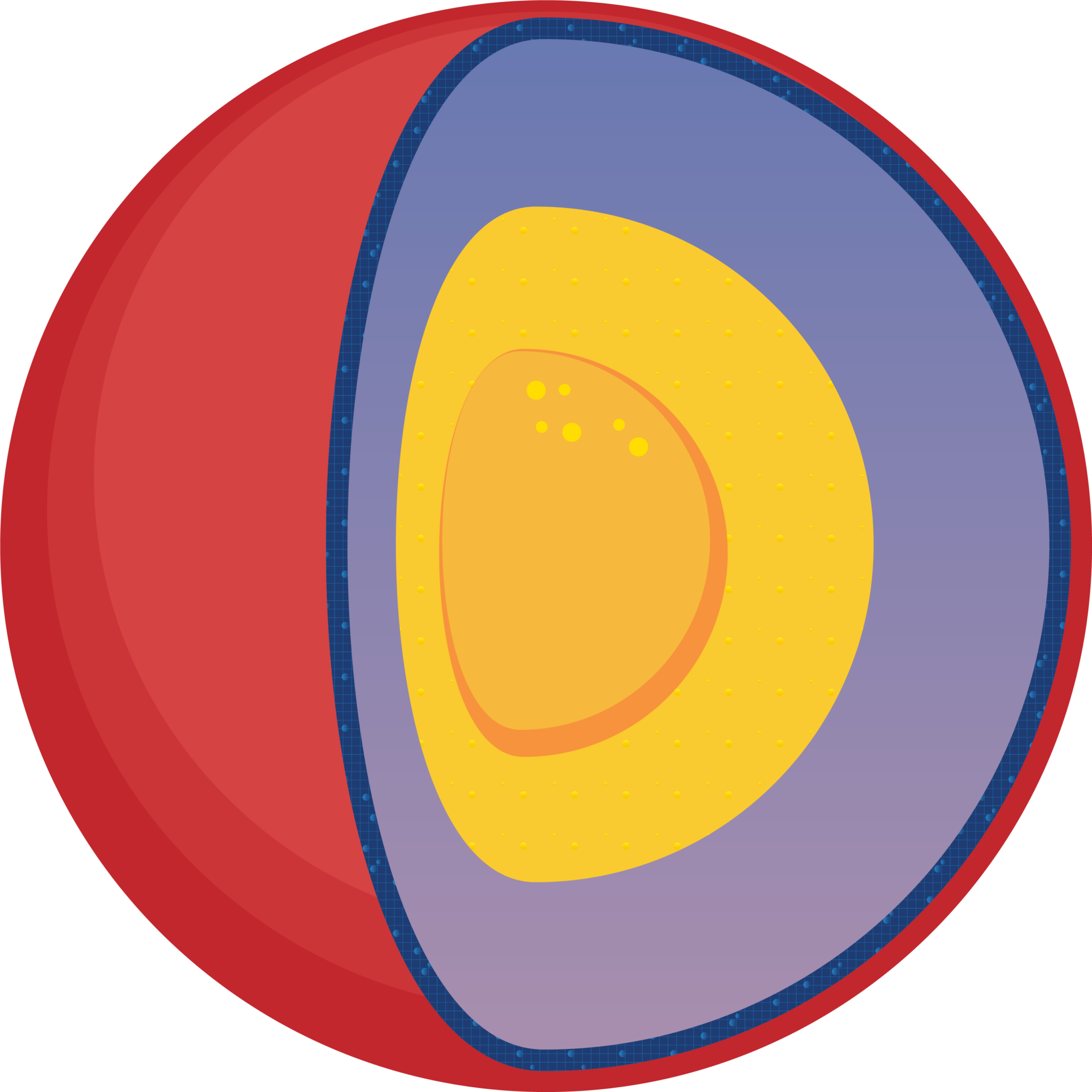
Neutron stars can form when a huge star explodes in a supernova at the end of its life. The core of the star collapses under its own gravity and becomes a neutron star.
Neutron stars are very small but extremely massive. They are about the size of a city like Frankfurt am Main, but they are much heavier than our entire solar system.
These are the individual components of a Neutron Star:
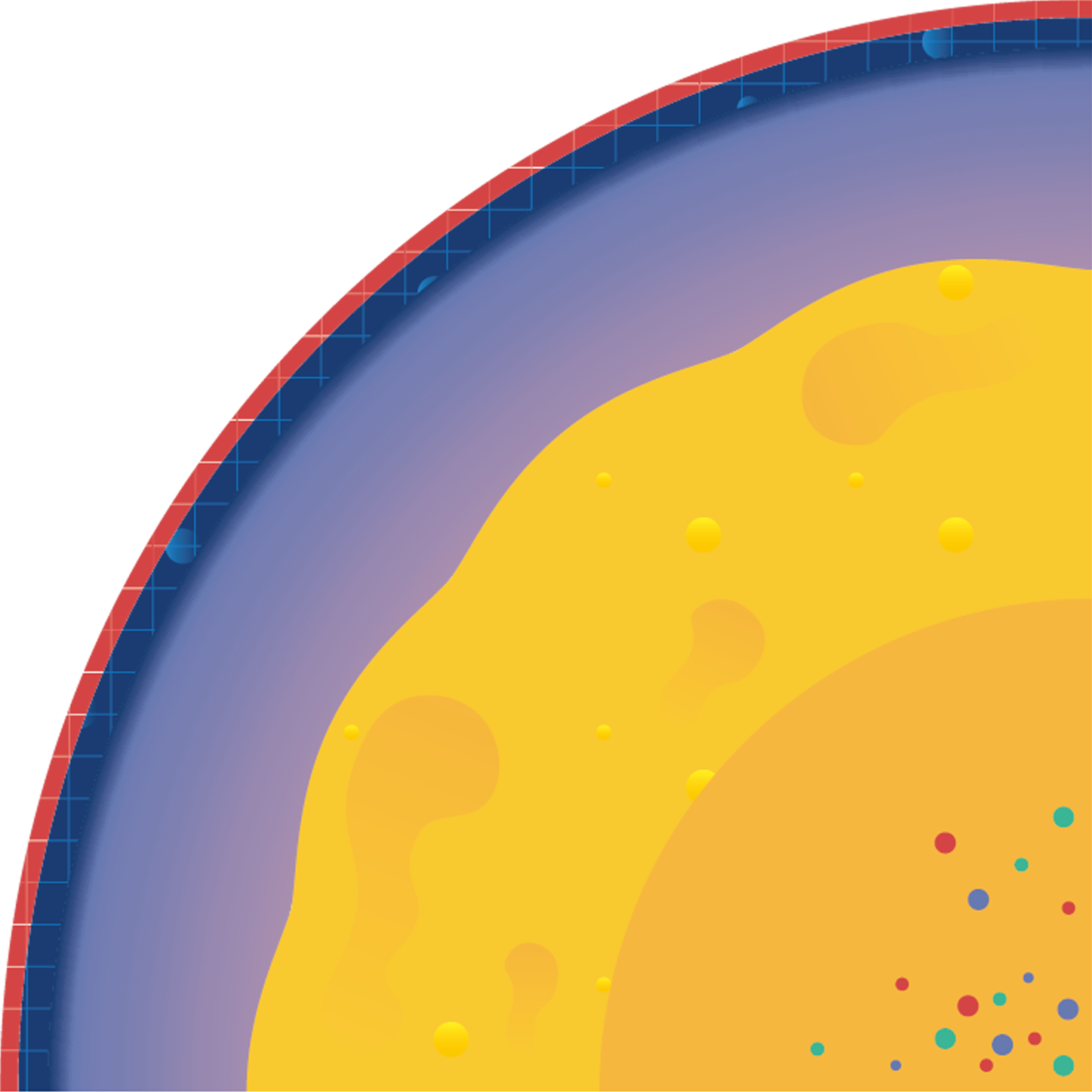



In the Outer Crust, the atomic nuclei are arranged in a lattice structure. Due to the high gravitational force, electrons (negatively charged particles) escape from the atoms and form an electron cloud that extends throughout the lattice. As we go deeper into the neutron star, the atomic nuclei become richer in neutrons.

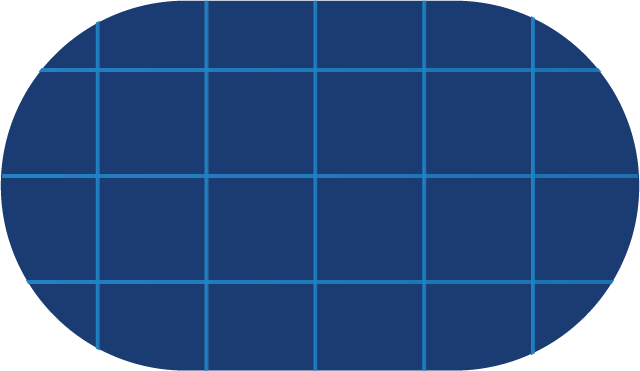

In the Inner Crust, the density is so high that neutrons (uncharged particles) can no longer be confined within the atomic nuclei. The neutrons emerge and create their own fluid, capable of flowing without resistance, known as a “suprafluid.” The atomic nuclei still maintain a lattice structure.



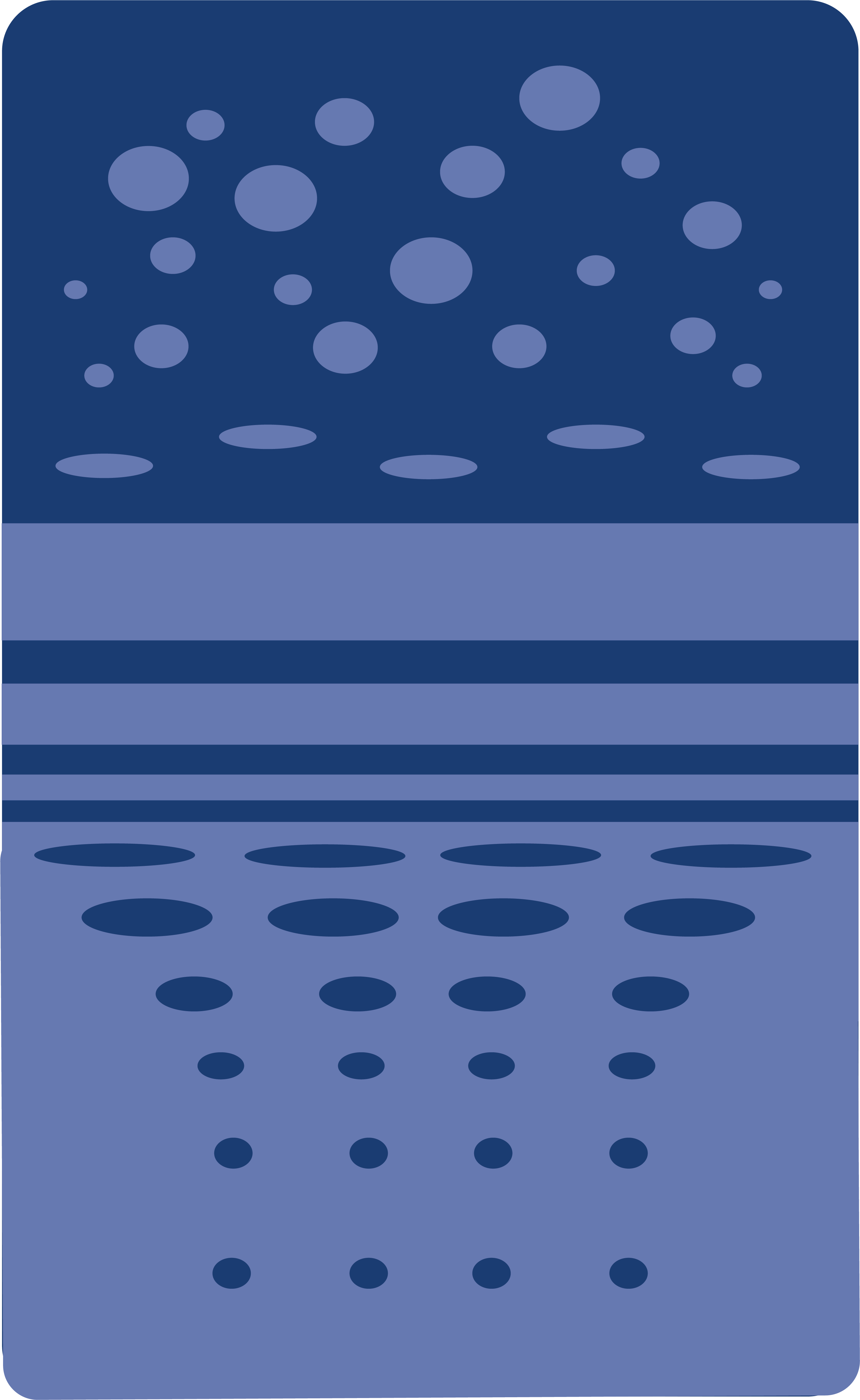

As the density increases, the lattice dissolves, leading to the formation of structures resembling various pasta shapes such as spaghetti, lasagna, and gnocchi. These phases are humorously referred to as “nuclear pasta.” The remaining constituents are individual components of atomic nuclei: protons (positively charged particles), neutrons, and electrons.


In the Outer Core, there exists a pure fluid whose composition is not yet known. Protons can conduct electricity without resistance, meaning they become superconducting. Additionally, exotic (uncharged) particles called “hyperons” might be present, forming a suprafluid like neutrons.
?
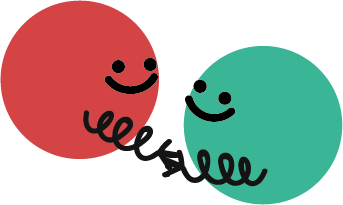





The contents of the Inner Core are still a subject of ongoing research. It is possible that quark matter forms, similar to what was present in the universe 10 microseconds after the Big Bang or produced momentarily in laboratory experiments involving the collision of atomic nuclei (known as quark-gluon plasma). Protons and neutrons are composed of three quarks each, which are assigned three colors (red, green, and blue). Quarks form pairs held together by glue particles known as gluons, aptly named after the English word for adhesive.